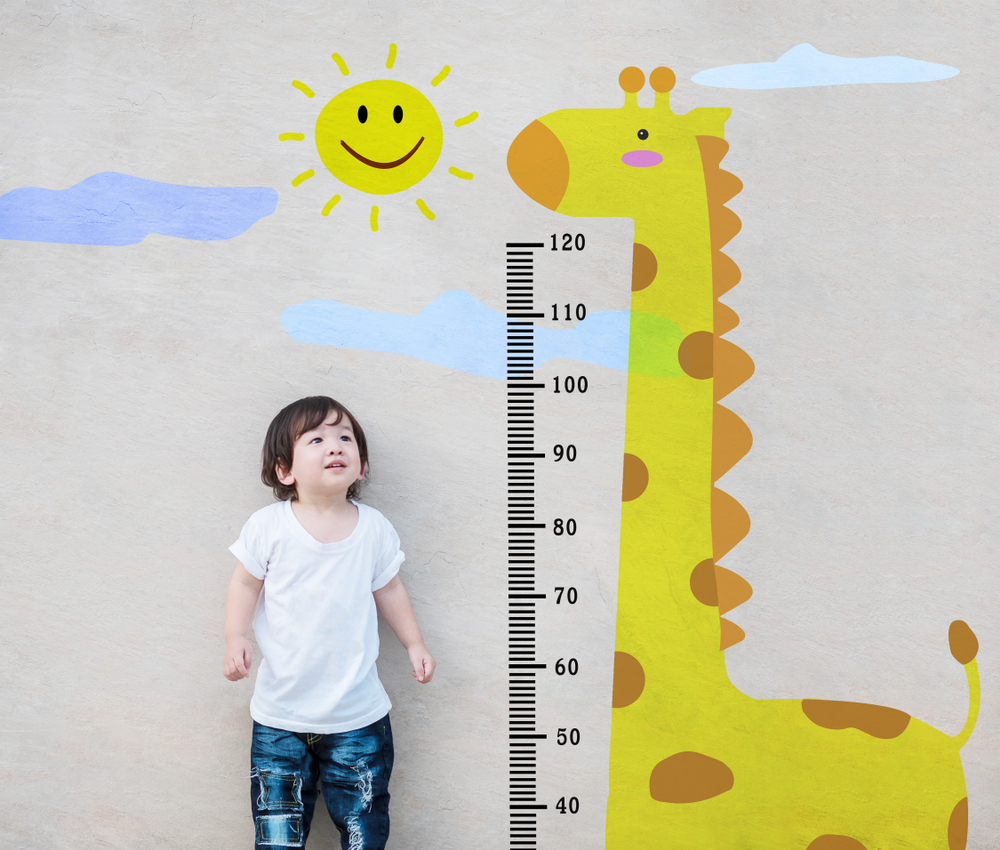Problem-Solving Skills Normal Measurement Worksheets for Ages 7-8
5 filtered results
-
From - To
Enhance your child's mathematical understanding with our "Problem-Solving Skills Normal Measurement Worksheets" designed specifically for ages 7-8. These engaging worksheets focus on improving problem-solving skills through real-life measurement scenarios, enabling kids to apply their knowledge in practical situations. Features include a variety of fun exercises that challenge students to measure lengths, calculate differences, and solve measurement-related puzzles. Ideal for home or classroom use, these resources promote critical thinking and boost confidence in young learners. Start building a strong foundation in math today with our interactive and educational worksheets, making learning an enjoyable adventure in measurement mastery!
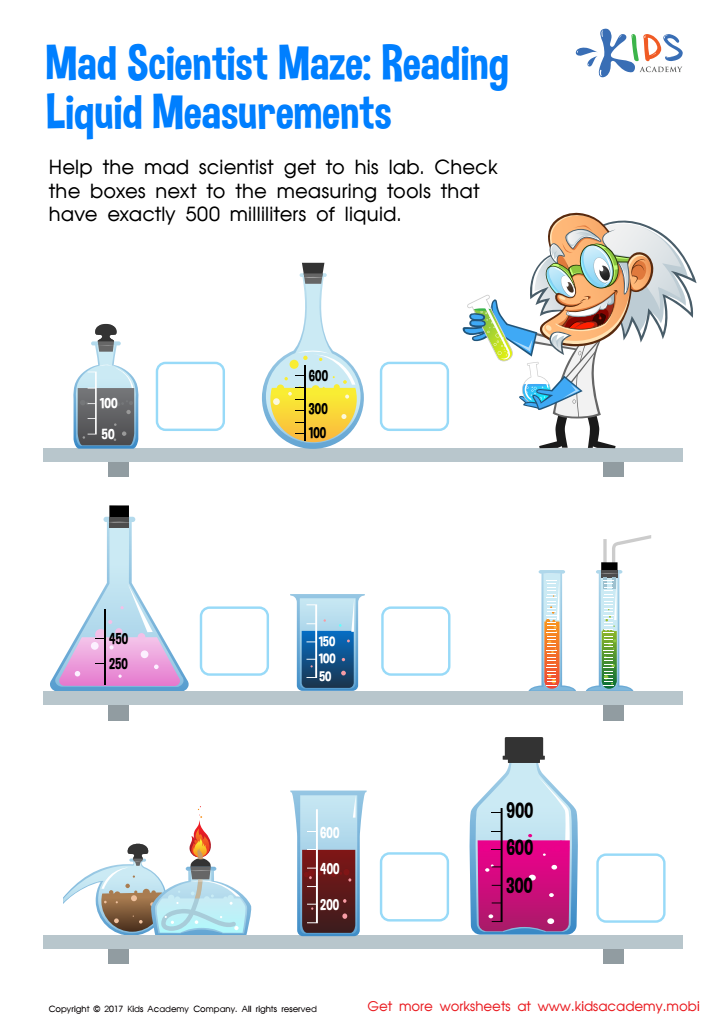

Reading Liquid Measurement Worksheet
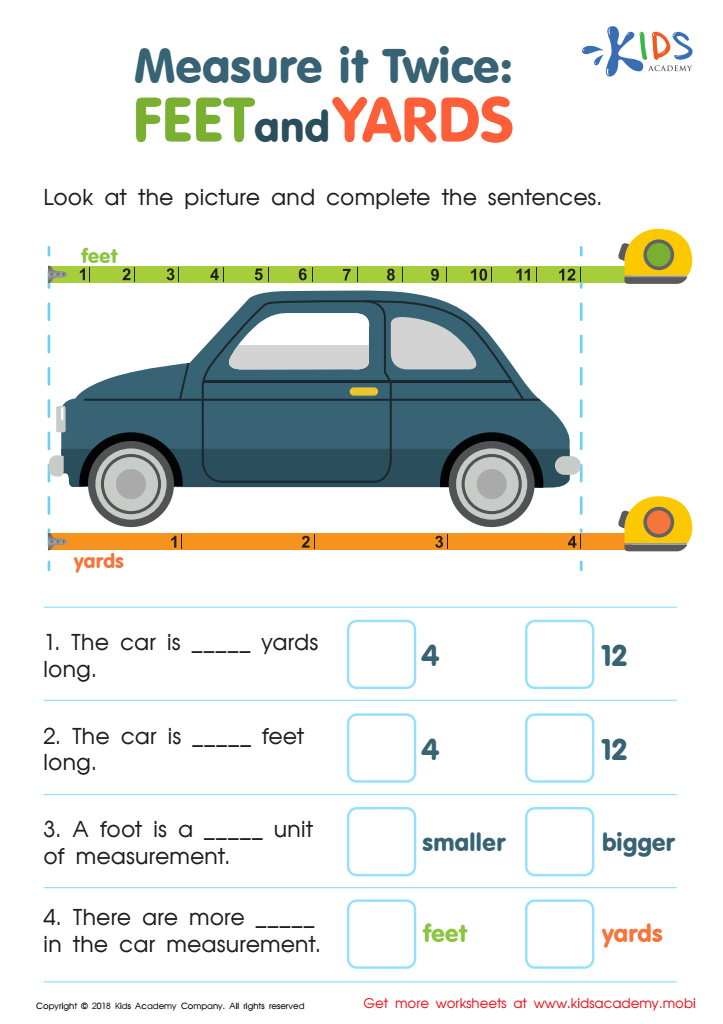

Measure It Twice: Feet and Yards Worksheet
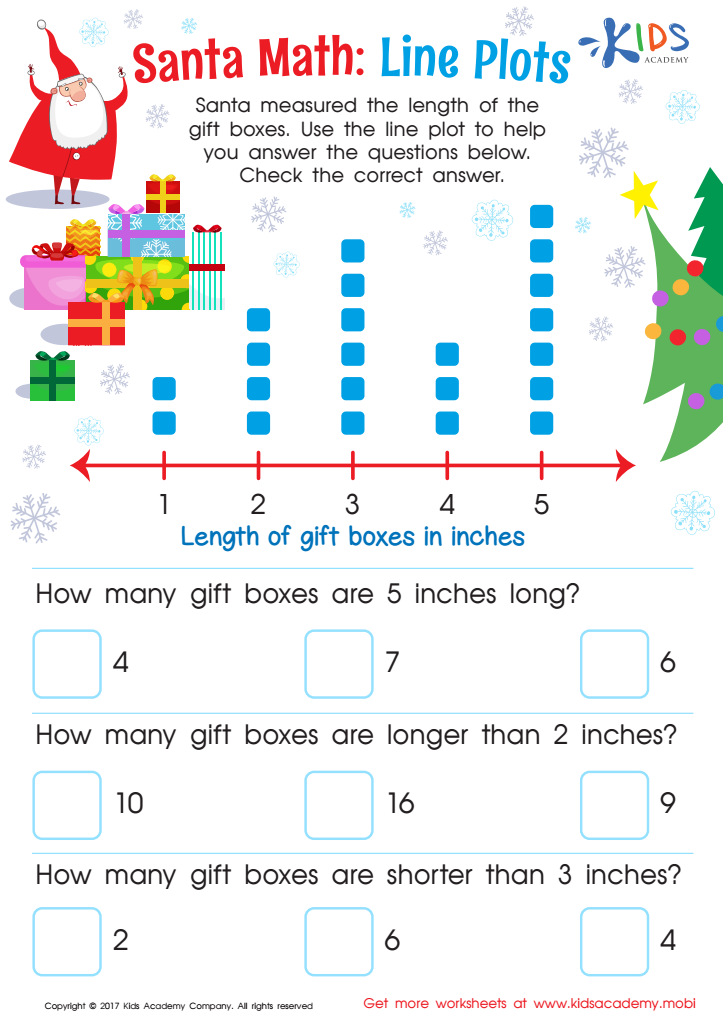

Line Plot Worksheet
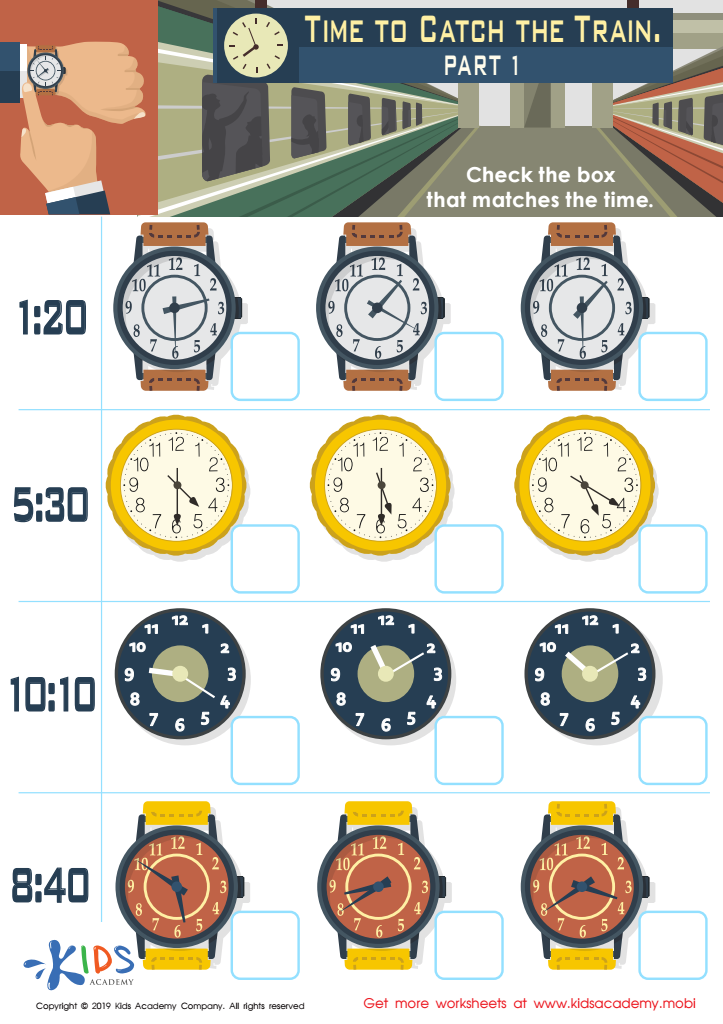

Time to Catch the Train Part 1 Worksheet


Time to Catch the Train Part 2 Worksheet
Parents and teachers should prioritize problem-solving skills normal measurement for ages 7-8 because these skills are foundational for children's cognitive and emotional development. At this age, children are increasingly mature in their thoughts and interactions, making it essential to nurture their ability to think critically and solve problems effectively. This is a critical phase for fostering skills such as reasoning, pattern recognition, and analytical thinking, which are vital not only in academic settings but also in everyday life.
Problem-solving skills measurement provides insights into a child's strengths and areas needing improvement. Understanding these aspects allows educators and parents to tailor their approaches, ensuring that children receive the appropriate challenges and support necessary for growth. This attention can lead to enhanced self-esteem, resilience, and independence as children realize they can navigate obstacles successfully.
Furthermore, strong problem-solving abilities lay the groundwork for higher-order thinking skills, crucial for future academic success in subjects like math and science. Encouraging these skills early on cultivates a lifelong love for learning and adaptability in changing environments. In essence, by focusing on normal measurement in problem-solving skills, parents and teachers are investing in the development of capable, confident individuals ready to tackle life's challenges.
 Assign to My Students
Assign to My Students




